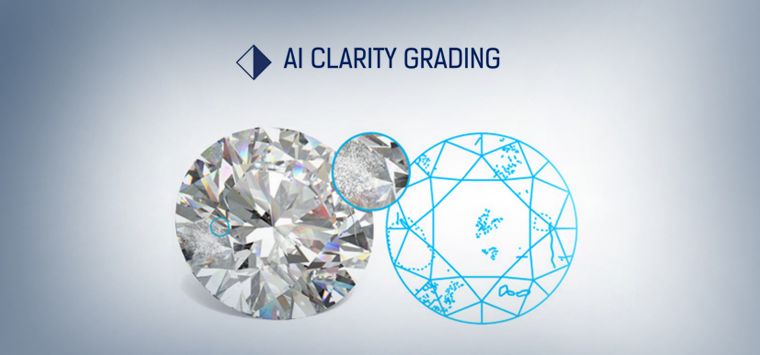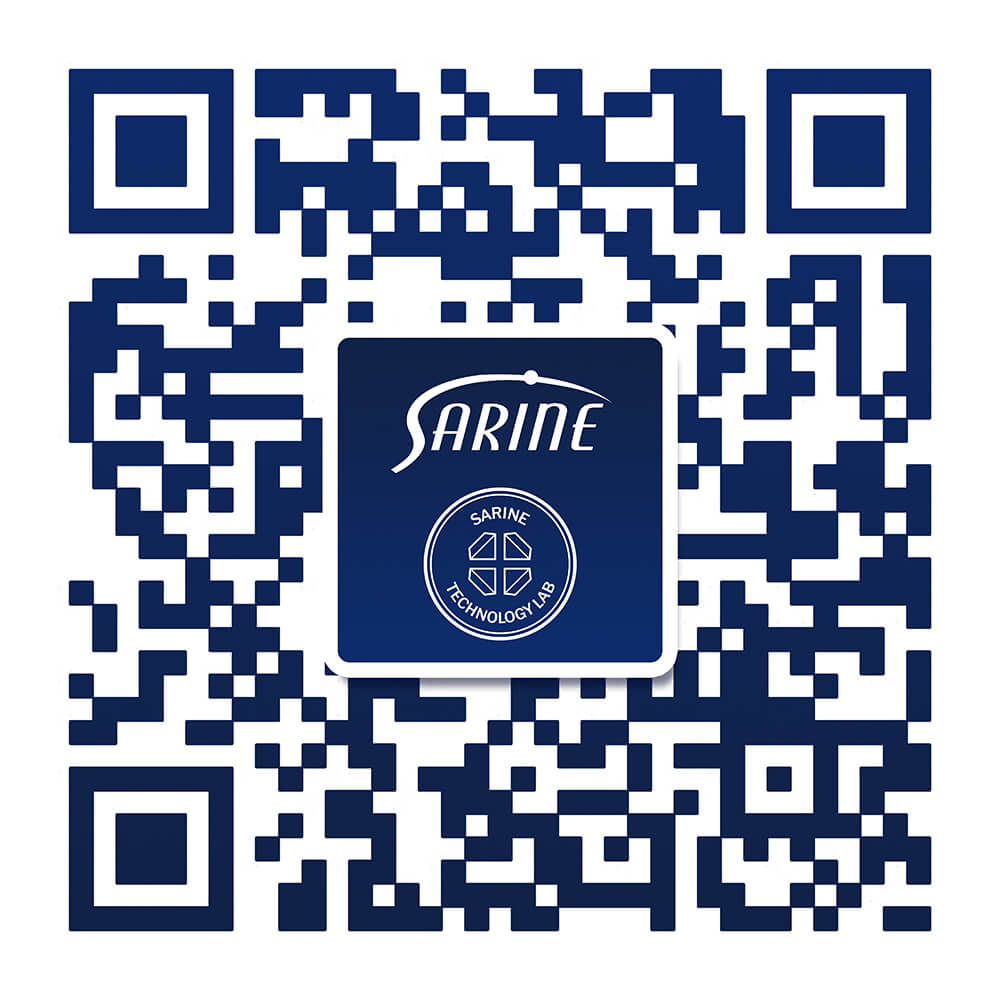A perfectly flawless diamond is extremely rare. So rare, in fact that flawless diamonds are highly
prized and very expensive. Most diamonds naturally develop “birthmarks” during the long
formation process that occurs over millions or even billions of years, deep in the earth. When
the birthmark occurs on the surface of the diamond, it is called a “flaw”. When the birthmark is
found in the diamond’s internal structure, it is known as an “inclusion”.
There are many different types of birthmarks that occur on or in a diamond, differentiated by
their shape and appearance. Some common types of birthmarks include “clouds”, internal
inclusions with a hazy, cloudy appearance, “blemishes” that appear on the diamond surface,
occurring naturally or as part of the cutting process, and “pits”, small indents on the diamond
surface that may take on the appearance of pitting.
The type and location of a inclusions that occur in a rough diamond have a direct impact on the
way it will be cut and polished. Every diamond cutter’s ideal is to polish a diamond with flawless
clarity. However, this is rarely the case, and diamond manufacturers must follow the standard
clarity grading scale to determine the diamond’s visual clarity, beauty and hence, its value.
How Clarity Grading Works, and How It Can Improve
Clarity is a measure and grading of the diamond's appearance with regards to inclusions or
blemishes, “birthmarks” that occur during the natural formation process. Clarity is measured on
a grading scale, from Flawless (excellent Clarity, no inclusions), to Included (poor Clarity, many
inclusions). Clarity grade has traditionally been determined by a diamond specialist who
examines the diamond through a loupe (jeweler’s magnifying glass) and grades the diamond by
comparing it to the standard clarity grading scale.
The challenge with clarity grading has always been the very human issue of subjectivity. There
are so many types of inclusions, and there are infinite possible constellations of the way a
diamond’s birthmarks can occur. This makes the process of manually grading diamonds for their
clarity very complex and inconsistent. Human capability for 100% objectivity does not exist, and
therefore, clarity grading that is only based on human interaction with the diamond can never be
non-biased. That’s where artificial intelligence technology can help.
AI-Based Clarity Grading - Objective & Consistent
In late 2016, Sarine announced the development of the first clarity grading device based on
machine learning, the Sarine Clarity™. The technology uses artificial intelligence to measure,
analyze and assign a grade of a diamond’s clarity, based on the inclusions and flaws detected
by the advanced scanning and mapping methods. The device then uses the gathered data,
which accumulates over time as the system analyzes more and more diamonds, to develop a
standardized approach to clarity grading that is far more reliable and accurate than human only
grading. Wholly computerized, the clarity grading process is no longer vulnerable to subjective,
human perception.
In short: Contrary to manual grading, where the person is naturally subject to fatigue and
overwork, increasing the risk of reduced accuracy over time, machine learning gets smarter
over time, with access to a mass of diamond clarity data that is constantly growing, helping the
device’s algorithms to better “learn” and understand clarity patterns and assign a more accurate
grade.
Beyond Clarity Grading
Furthermore, the Sarine Clarity™ system can be used to sort the diamonds into sub-categories
according to pre-defined clarity criteria. This means that diamond manufacturers and traders
can ensure that they supply diamonds that are optimally graded for clarity and valued for the
right sales market.
According to David Block, CEO of Sarine, in an interview with The New Jeweller magazine, “The supply chain is going through changes due to technology. Even the way diamonds are sourced and sold will change. Manufacturers for very many years have been buying boxes of diamonds which are not all the kinds of goods they need and can use and that means they have to find clients for these goods. This will change in the future to make the process more efficient.” The potential of Sarine Clarity™ is not just a revolutionary approach to
clarity grading - it is also the recalibration of the sourcing and sales process for diamonds worldwide.
AI-based clarity grading is currently available at Sarine Technology labs in Israel and India.






-1.jpg?width=310&name=blog_image%20(003)-1.jpg)





